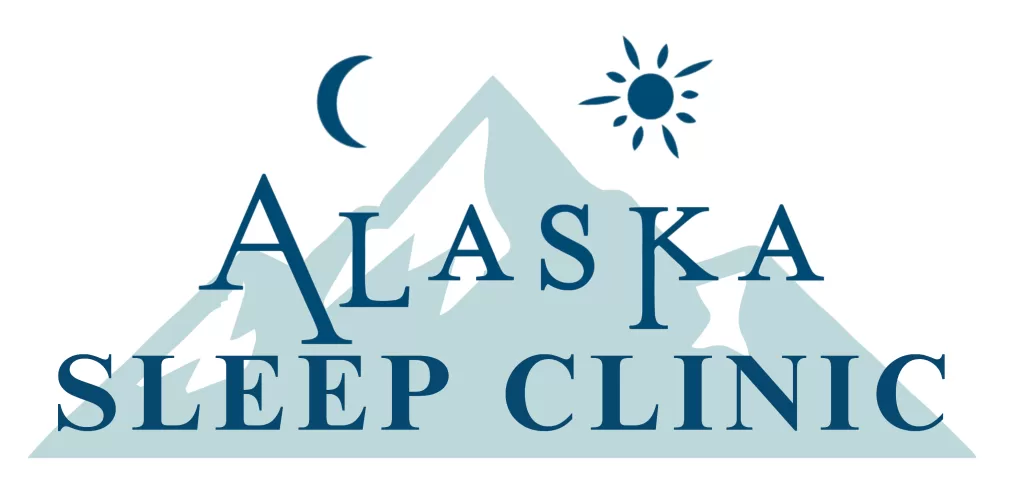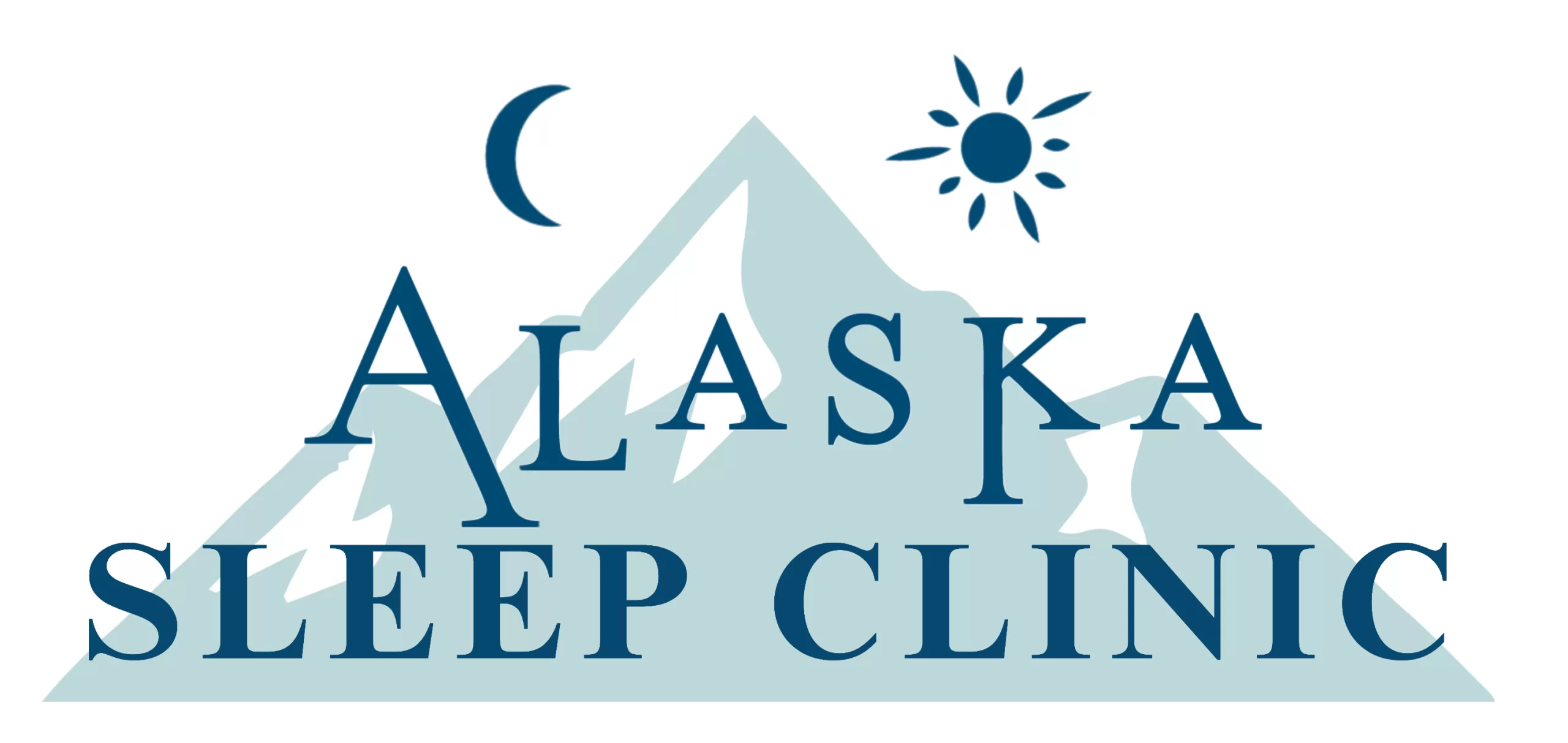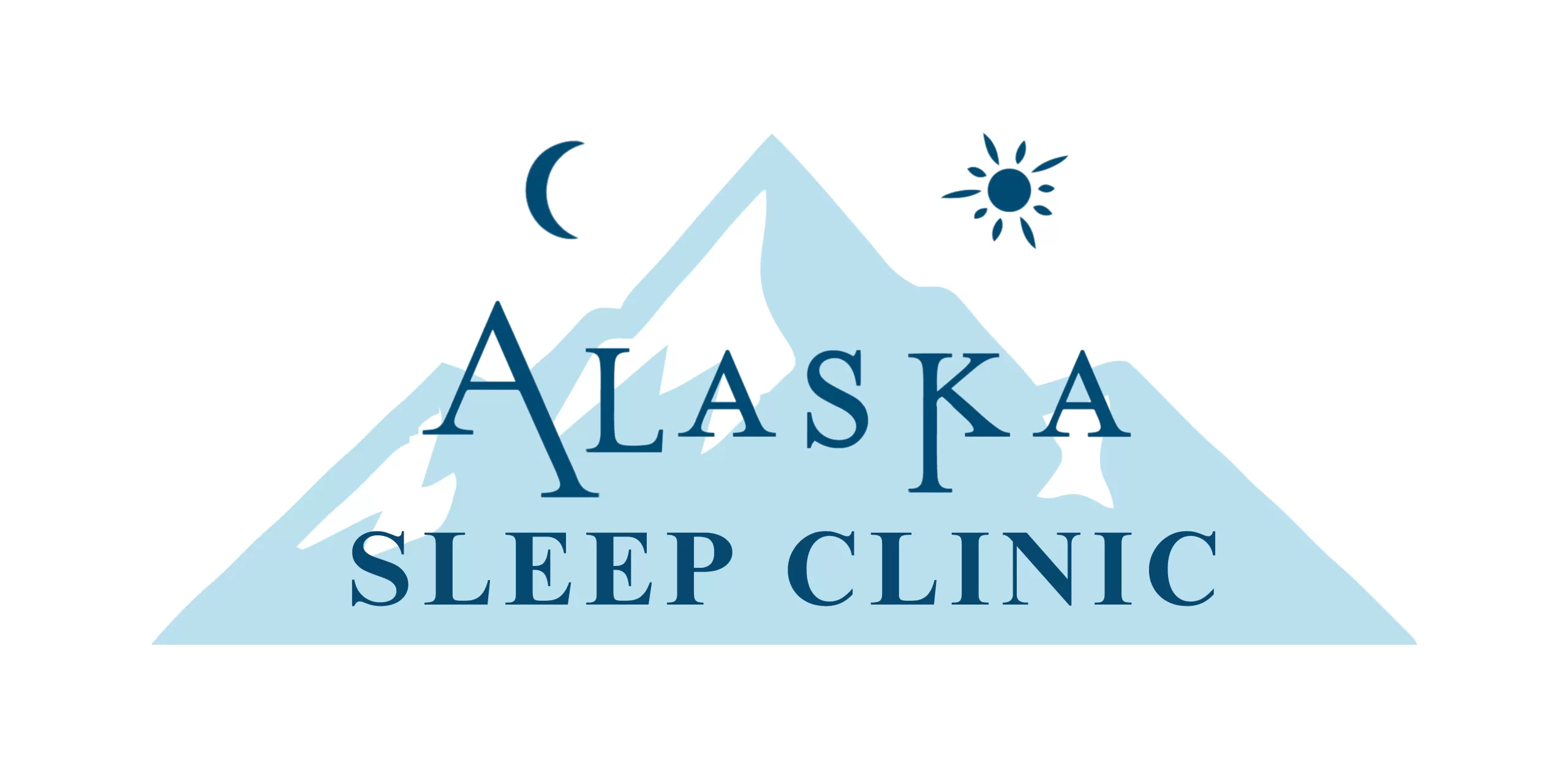There are many things that you should do in taking care of your contact lenses. You need to remember the specific handling procedures that you need to do with them, especially at night. Also, keep in mind that there are specifications for its storage. To refresh your memory, let me share with you some tips that can ensure the proper use of contact lenses.
Can I wear my contacts to sleep?
There are two different types of contact lenses that you can get. The first type is one 
The difference between the two types is its thickness. The extended wear is much thinner compared to the other kind. The material it uses is silicone hydro-gel, which enables your eyes to get more oxygen as it is more permeable to it.
This feature is the best for this type of contact lens since you will have to wear it for a long time. You can even use them up to seven days of continuous wear. You will have to ask your eye doctor about his recommendation before buying one.
What factors do I have to consider before getting my contacts?
When you decide to get contact lenses, there are many things that you have to consider. Some different problems and risks may arise if you do not choose your contacts carefully.
An essential thing you need to make sure of is that your contacts fit perfectly on your eye. If not, the lens will continuously scratch your eye, and that may lead to eye complications. Also, if they are old or do not fit well, blood vessels may grow into the cornea. You do not want this dangerous situation to happen because it might lead to vision problems or maybe even blindness.
When can I wear my lenses?
First of all, you will need to adhere to the schedule that the eye doctor gives you strictly. They will provide you instructions on when you should wear your lenses and when to replace them, too. You need to heed their orders because if you wear them longer than recommended, you increase the risk of eye infections.
Second, you also need to know when you shouldn’t wear your contact lenses. When you go to bed, do not forget to take your daily wear lenses off. You have to remove them before showering, swimming, or doing any activity that involves water and splashing.
Putting on and Removing Contact Lenses

When you take them off, make sure that your hands are clean. Pull down your lower eyelid and look up or to the side. Use your index finger to move the lens to the white part of your eye gently. With the help of your thumb, pinch the lens and lift off the eye.
Cleaning Tips
- Before handling, wash your hands with mild soap and rinse them thoroughly. Make sure your hand does not contain any perfumes or lotions that may transfer to the lenses. If that happens, your eye might get irritated.
- Dry your hands using a lint-free towel to avoid any introduction of foreign particles to the contacts.
- Trim your fingernails short at all times to prevent them from damaging the eye contacts or scratching your eyes.
- For women, put on your eye makeup after putting the contacts on. Before removing your makeup, you will need to take them out first.
- Always use the solutions that your eye doctor recommends, especially for the disinfecting solution and eye drops. There are only some products that companies design specifically for contact wearers.
- Never rinse your eye contacts with tap water or saliva. They may contain microbes that can cause eye infections.
- Clean your lens case with sterile solutions or hot water each time you use it. Replace it every three months.
- Rub each contact with your index finger lightly to clean them.
Cleaning Devices
If you are having difficulty with the “rub to clean” instruction or just plain worried that your hands are not clean, use manual washers. You will only have to place them into the device and rotate the cap to clean.
Another option that you can choose is the automatic lens washer. Because your lenses are directly on your eye, they will end up absorbing tear proteins. Using an automatic lens washer will help you eliminate these proteins. Other than that, it can also help improve oxygen permeability and the comfort of wearing the lenses. They come in different designs, so you have plenty of options to choose from that will suit you best.
Bed Time Reminders
Again, there are different types of eye contacts that you can use, but if you are using the daily wear, remember that you will have to take them off before going to sleep. Wearing them while sleeping may increase the risk of infection. For your eyes, use some eye drops and drink plenty of water to hydrate yourself well before going to bed.
Before washing up in the evening, you should remove your contacts and immediate clean them. It would be best if you follow the cleaning procedures. After which, you can place them into their case. Never forget to clean your case every night and letting it air dry before using it.
Following these tips and recommendations will allow you to take good care of your contact lenses and eyes. If there are any problems or unusual symptoms that you may experience, make sure to go to your doctor right away. Also, you will have to visit your doctor regularly to check if they need to change its size or prescription.
Alaska Sleep Clinic has worked with Dr. Sherry Lentfer from Katmai Eye Clinic in South Anchorage. Check out our “Moms Everyday” segment about the connection between sleep apnea and eye disorders.

REFERENCE LINKS:












